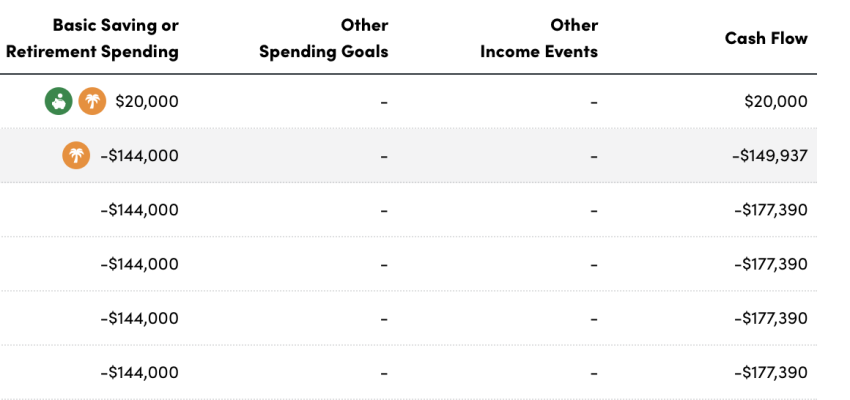Not sure if this helps, but I use PC and know that the figures derived in their retirement planner tack on the necessary taxes needed to meet the required spending levels....so if you state you need $100,000 per year, PC will determine a (presumably) larger withdrawal amount from your nest egg to meet your spending needs and still be able to pay the tax man. One thing I like about PC is that you can set the state you are going to live/retire in, and it adjusts the tax calculation accordingly. Because of the differences between PC and Firecalc, my results don’t match up exactly, but they both seem to give very similar predictions of retirement success.
I had to laugh when some of you thought that PC gives results that show less success in order to induce folks to talk to them about hiring them for financial advice. I thought I was the only person cynical enough to think something like that.

